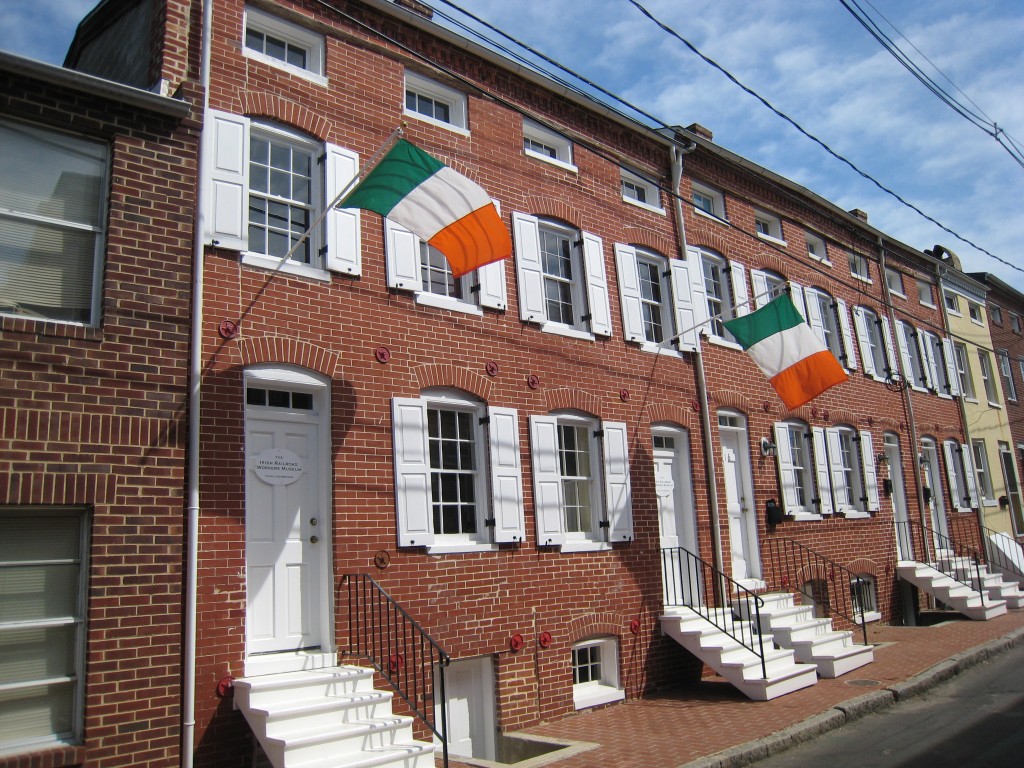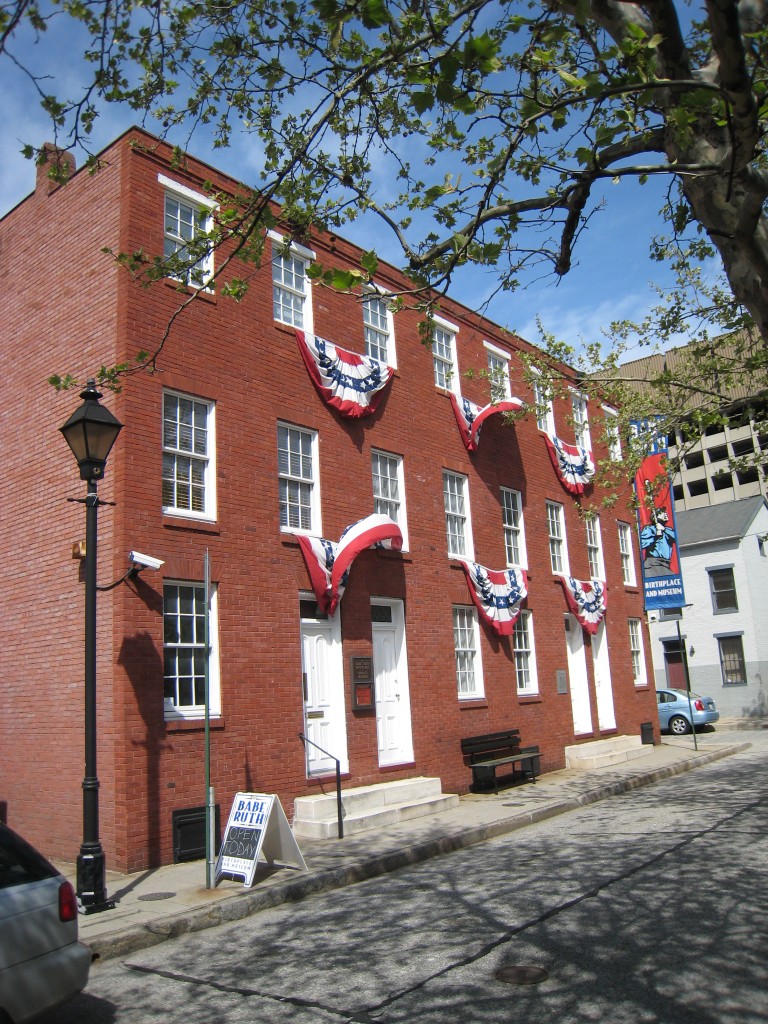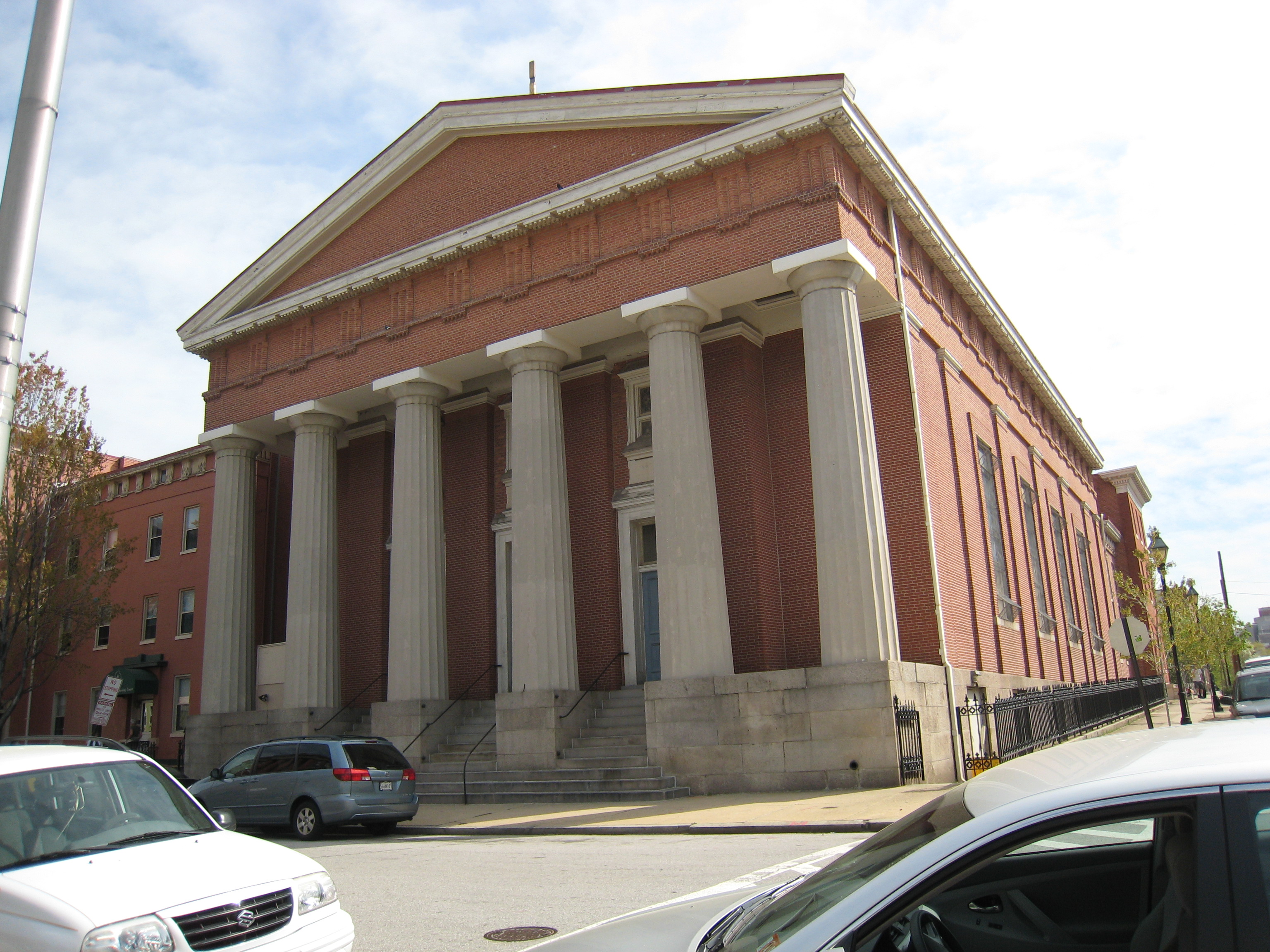This week in the Baltimore Building of the Week series from Dr. John Breihan features the Irish Shrine and Railroad Workers Museum on Lemmon Street and the Babe Ruth Birthplace on Emory Street.

The popularity of the Greek Revival in Baltimore was not limited to churches and schools; it also produced a new design for the city’s ubiquitous rowhouses. Greek Revival rowhouses dispensed with the dormer window of the older federal style. Instead, the top half-story was lit by a square “attic” window beneath a less steeply gabled roof. From grand examples in Mount Vernon to humble 2 ½ story houses in Fells Point and Federal Hill, Greek Revival rowhouses dominated from 1830 or so until 1860. Two examples saved from demolition and open to view are the Irish Shrine and Railroad Workers Museum on Lemmon Street and the Babe Ruth Birthplace on Emory Street.





